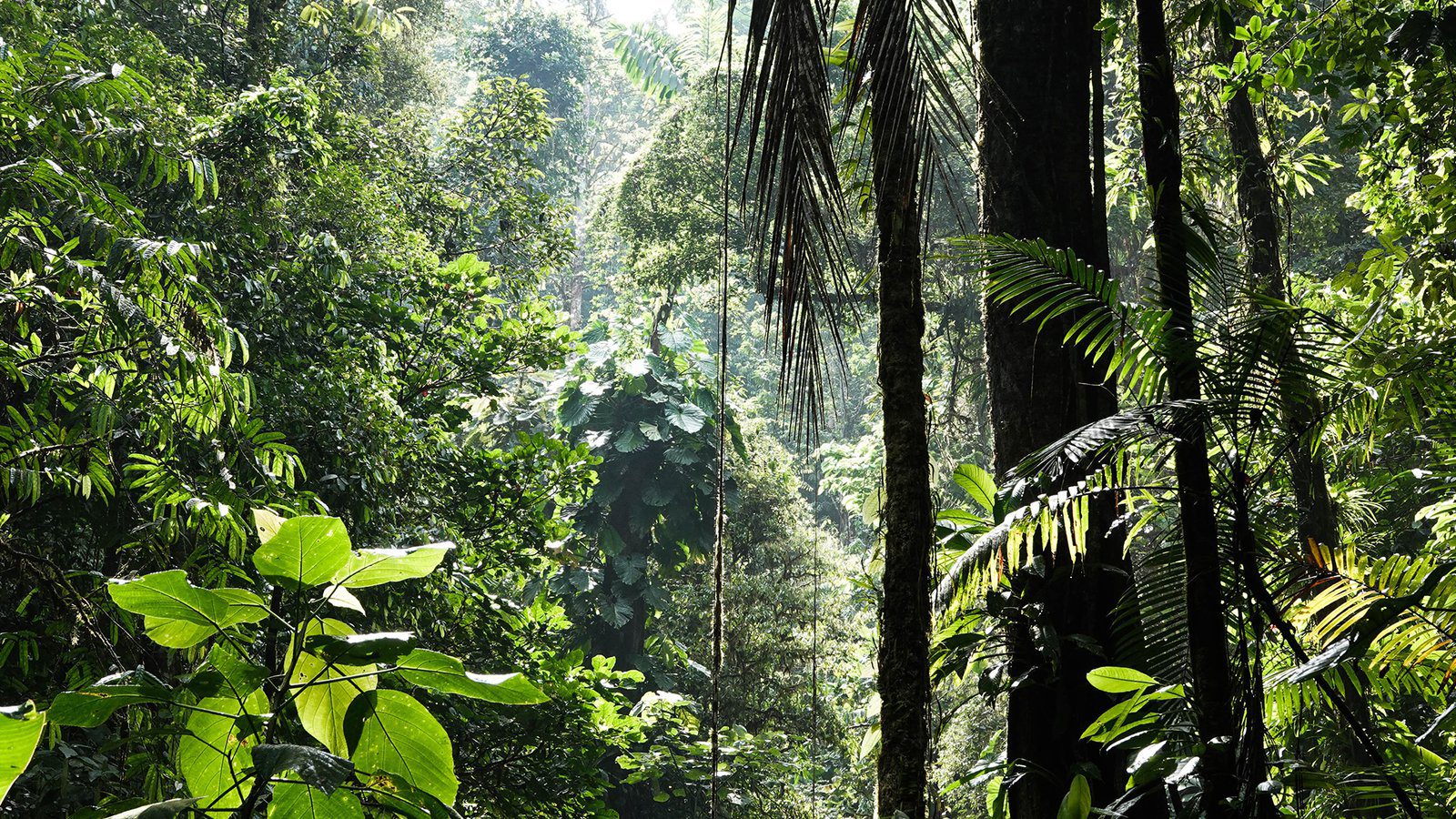A major new study found that nearly half of the world’s land area needs additional conservation protection to stop the crisis of biodiversity. A minimum of 64.7 Mn square kilometers (25 Mn square miles) need “conservation attention.” However, this area includes 1.8 Bn people, or approximately 1/4th of the global population. This creates serious human rights concerns for conservationists, governments, and communities.
A considerable amount of the land is already protected, either in its natural state or as part of a national park. The study estimates that 12.4 million square kilometers of land will need to be designated as protected areas. Several countries will agree to further targets under the UN Convention on Biological Diversity later this year to safeguard around 30% of the ocean and land.
According to Dr. James Allan, the main researcher at the University of Amsterdam, it “highlights the urgency of the biodiversity crisis and the opportunity for intervention.” If people act promptly, these areas can be protected. Governments will be pressured to take action rather than just talk at the next CBD summit.
The United Nations biodiversity treaty had previously set a goal of protecting 17% of land and 10% of marine and coastal habitats. However, UN experts discovered that this was insufficient to halt biodiversity loss or avoid the problem.
Scientists from the United Kingdom, the United States, Italy, Australia, and the Netherlands collaborated on the study, which was published in Science. They mapped all of the protected wilderness areas on the planet. After that, the researchers looked at the extinction risk of various species as well as their geographic distribution.
“One may integrate big goals of land conservation with people in a thoughtful and respectful approach to human rights,” Allan said. According to an UN-backed assessment released in 2019, approximately 1 million species are at risk of extinction in the coming decades. This was owing to an alarming and unparalleled loss of biodiversity. According to a new study, 44% of the Earth’s surface needs to be protected. This could be accomplished through better planning, better management of wildfires, or expanding the extent of formally protected national parks. Humans have left 70% of this area unchanged, according to the study. These regions, however, were rapidly vanishing and required immediate preservation. Climate change, fire, and exotic weeds are all threats to wilderness regions, according to the authors.
By 2030, up to 1.3 million square kilometers of still-undeveloped land might be converted to intensive human usage. In Africa, the crisis was the worst. Oceania, North America, and North America have the lowest hazards.
Professor Brendan Wintle, a conservation ecologist from the University of Melbourne, is a co-author of this study. He stated that it was critical not to focus on the 44 percent of the land area, but rather to acknowledge that in order to protect biodiversity, excellent conservation outcomes are required throughout wide regions of the land surface.
More than one million species are threatened with extinction, and extinction rates are at their highest since the dinosaur era. Land clearing continues to be a major cause of biodiversity loss. The majority of the 1.8 billion individuals who live in vulnerable areas come from emerging and developing nations. This, according to the authors, raises concerns regarding how conservation measures may be scaled up without jeopardizing social justice objectives.
Dr. April Reside, a University of Queensland ecologist and co-author of the study, said that while the region in need of care may appear large, it’s important to remember that “before humans caused substantial alterations to the Earth’s surface,” all of the worlds was accessible for biodiversity.
Prof Hugh Possingham was another co-author at the University of Queensland. He described the study as an attempt to build a thorough picture of what is currently protected and where species are falling through gaps “from the ground up.”
He said, “We’re losing many kinds of species present, this is one of the tasks we must complete in order to reduce extinction rates to background levels. By the end of the century, we cannot afford to lose one million species.”
